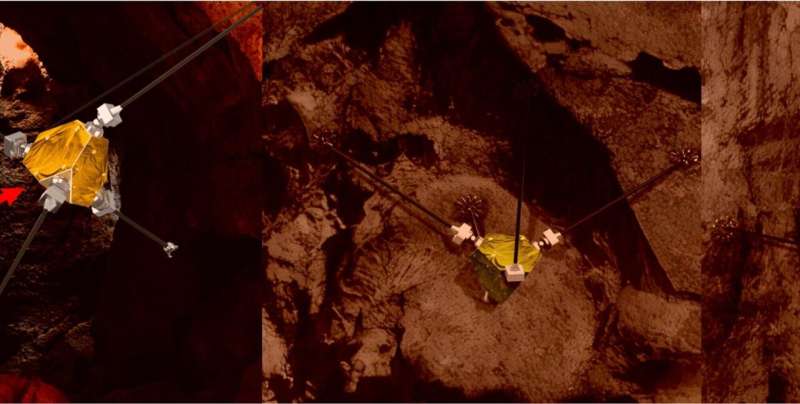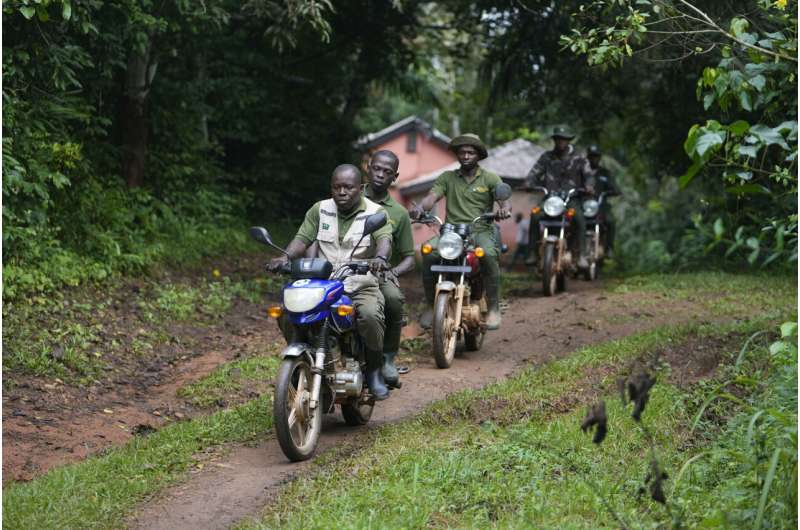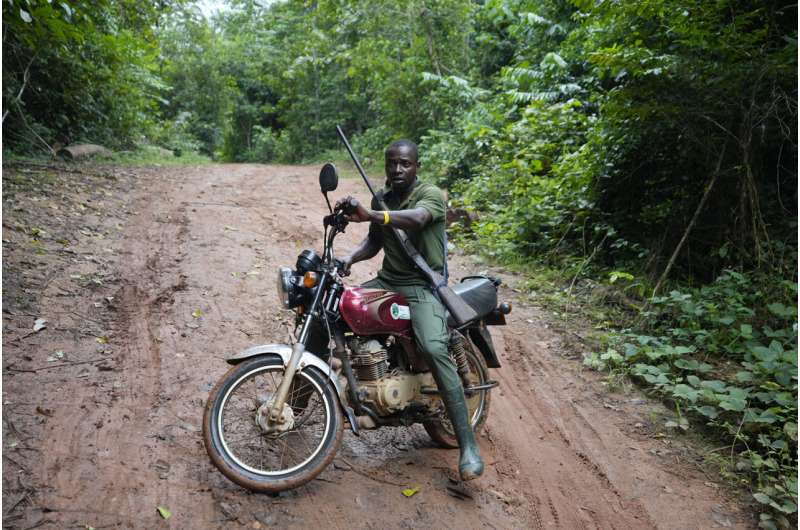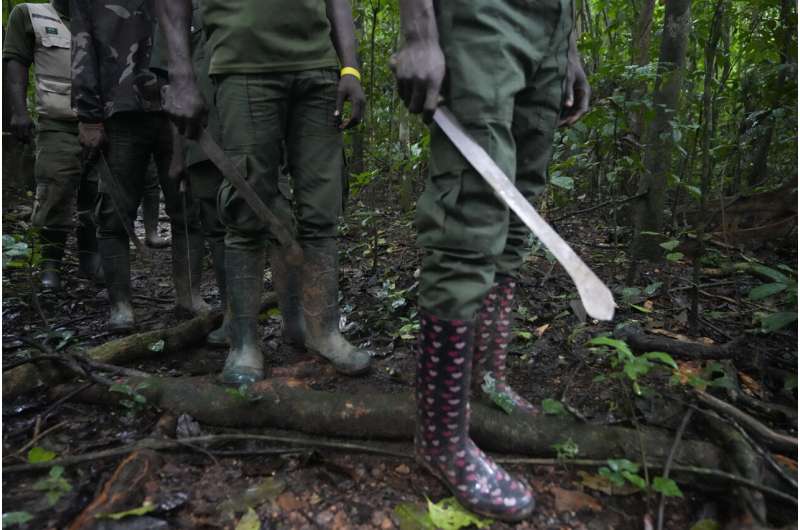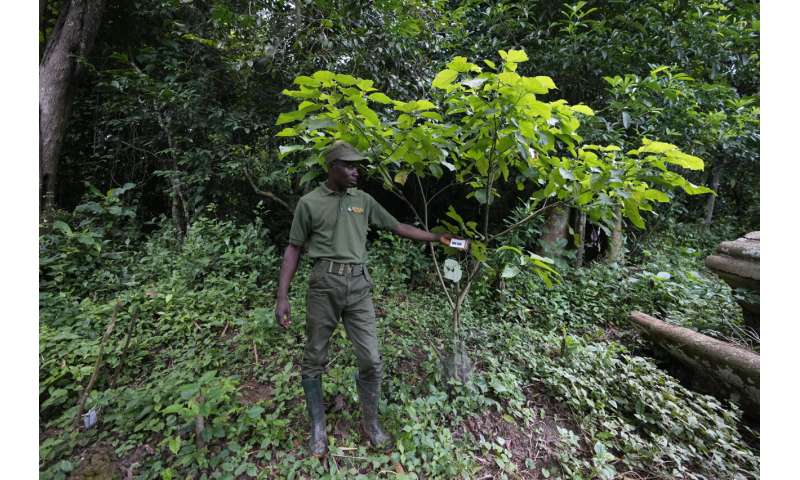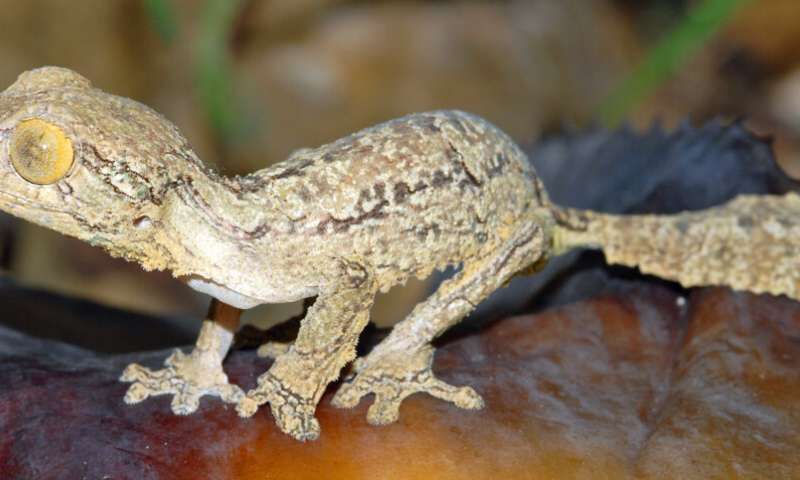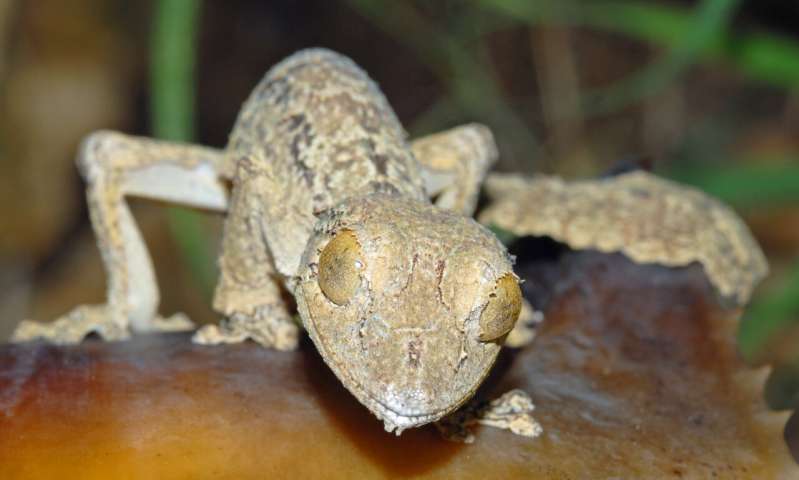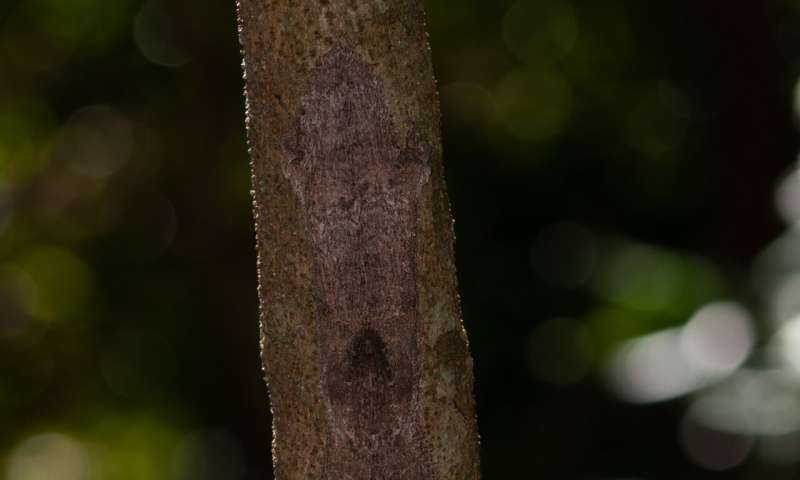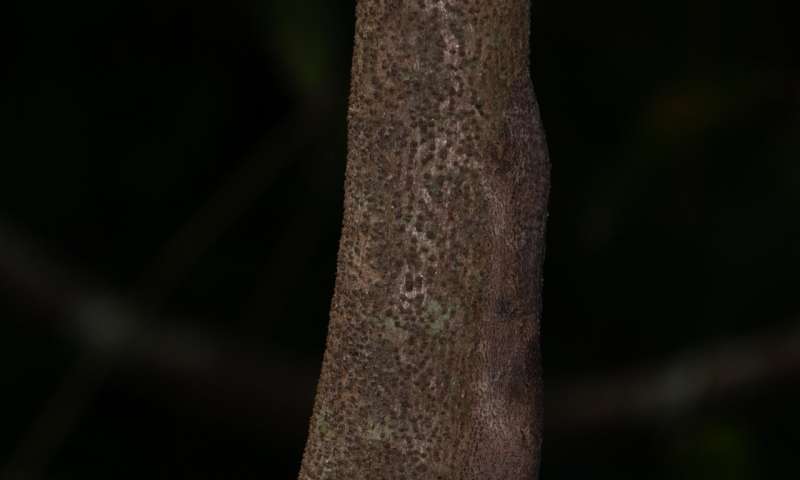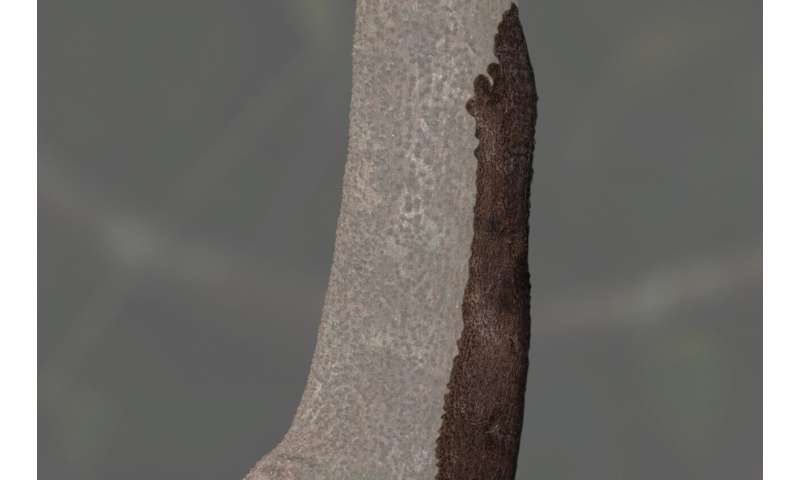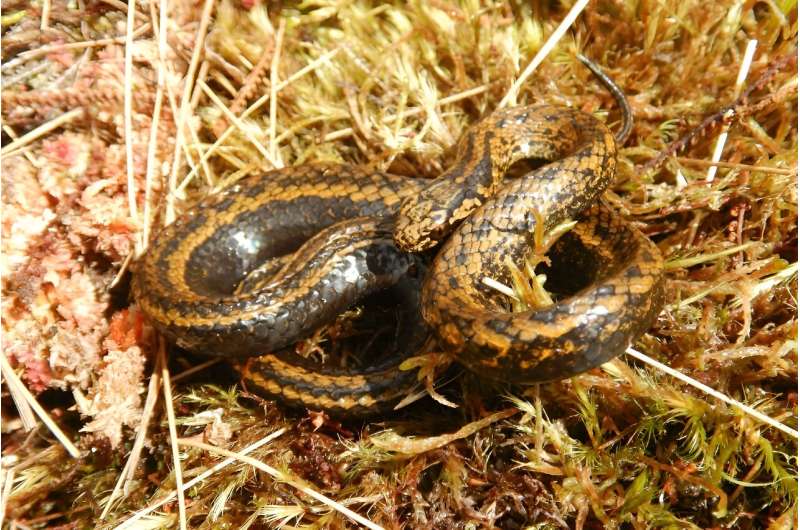CAPITALI$M 101
Rapid growth in coffee shops and competition presents a challenge for small independent coffee shops in Indonesia

In the midst of Indonesia's burgeoning coffee shop scene, a formidable challenge has emerged for independent establishments, according to research in the International Journal of Productivity and Quality Management. Many of the problems and their solutions percolating through could well provide lessons for independent businesses in other sectors across the region as well as elsewhere.
Mukhamad Najib and Farah Fahma of the IPB University in Indonesia suggest that the market is becoming increasingly fierce. Survival for small, independent coffee shops must evolve to establish a solid and sustainable footing and simultaneously focus on a quality-based ethos, offering excellent service, and ensuring business longevity. The researchers add that strong leadership is emerging as a critical factor in this world.
The researchers surveyed 110 coffee shop proprietors and managers in Bogor, Indonesia, and then used a sophisticated analytical approach, structural equation modeling with partial least squares (SEM-PLS) to analyze the resulting data. Through this technique, they were able to gain valuable insights into the interplay between the different factors affecting success and failure.
The central finding that emerges from their data analysis, as one might expect, is that leadership plays a pivotal role in shaping the culture and quality of such small businesses and elevating service standards. They add that leadership does not, however, seem to have a direct impact on business sustainability. That said, its indirect influence in fostering a culture of excellence proves to be critical and that encompasses sustainability values too.
The team suggests that their findings underscore the significance of both a quality-orientated culture and consistently superior service standards in sustaining small enterprises such as independent coffee shops in a packed and unforgiving market.
Of course, by focusing on the smaller businesses, the team concedes that there is now a need to carry out further research to ascertain whether the same findings would emerge in an investigation of larger establishments. There is also a need to incorporate cultural and geographic disparities across the region to reveal whether factors beyond the coffee counter might also affect quality, service dynamics, and success.
More information: Mukhamad Najib et al, Business sustainability for small coffee shops: the role of leader and quality, International Journal of Productivity and Quality Management (2023). DOI: 10.1504/IJPQM.2023.132832
Provided by Inderscience Heritage and culture key for Thai confectioners to compete with western brands

